Tag: horse-drawn cart
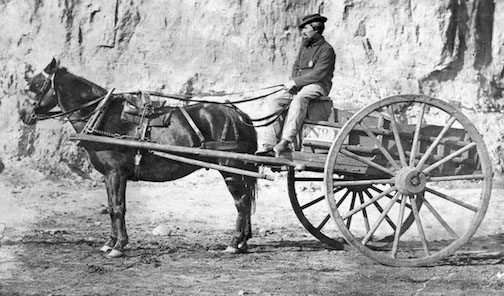 Wikipedia says: A two-wheeled horse-drawn vehicle is a cart. Four-wheeled vehicles have many names – one for heavy loads is most commonly called a wagon. Very light carts and wagons can also be pulled by donkeys (much smaller than horses), ponies or mules. Other smaller animals are occasionally used, such as large dogs, llamas and goats (see draught animals). Heavy wagons, carts and agricultural implements can also be pulled by other large draught animals such as oxen, water buffalo, yaks or even camels and elephants.
Wikipedia says: A two-wheeled horse-drawn vehicle is a cart. Four-wheeled vehicles have many names – one for heavy loads is most commonly called a wagon. Very light carts and wagons can also be pulled by donkeys (much smaller than horses), ponies or mules. Other smaller animals are occasionally used, such as large dogs, llamas and goats (see draught animals). Heavy wagons, carts and agricultural implements can also be pulled by other large draught animals such as oxen, water buffalo, yaks or even camels and elephants.
Vehicles pulled by one animal (or by animals in a single file) have two shafts which attach either side of the rearmost animal (the wheel animal or wheeler). Two animals in single file are referred to as a tandem arrangement, and three as a randem. Vehicles which are pulled by a pair (or by a team of several pairs) have a pole which attaches between the wheel pair. Other arrangements are also possible, for example, three or more abreast (a troika), a wheel pair with a single lead animal (a “unicorn”), or a wheel pair with three lead animals abreast (a “pickaxe”). Very heavy loads sometimes had an additional team behind to slow the vehicle down steep hills. Sometimes at a steep hill with frequent traffic, such a team would be hired to passing wagons to help them up or down the hill. Horse-drawn carriages have been in use for at least 3,500 years.
Two-wheeled vehicles are balanced by the distribution of weight of the load (driver, passengers, and goods) over the axle, and then held level by the animal – this means that the shafts (or sometimes a pole for two animals) must be fixed rigidly to the vehicle’s body. Four-wheeled vehicles remain level on their own, and so the shafts or pole are hinged vertically, allowing them to rise and fall with the movement of the animals. A four-wheeled vehicle is also steered by the shafts or pole, which are attached to the front axle; this swivels on a turntable or “fifth wheel” beneath the vehicle.
From the 15th century drivers of carts were known as carmen, and in London were represented by the Worshipful Company of Carmen. In 1890 there were 13,800 companies in the United States in the business of building carriages pulled by horses. By 1920, only 90 such companies remained.
Showing 1–16 of 52 results
-
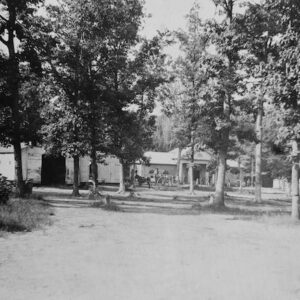
Image ID: AAHJ
$6.99 -
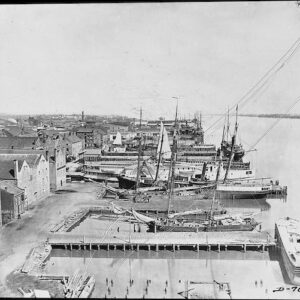
Image ID: AAKQ
$4.99 – $6.99 This product has multiple variants. The options may be chosen on the product page -
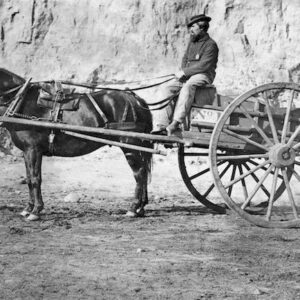
Image ID: AANU
$5.99 -
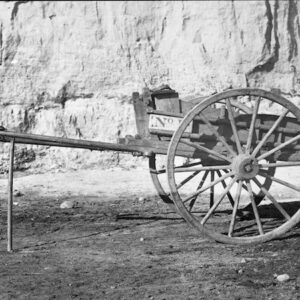
Image ID: AANX
$5.99 -
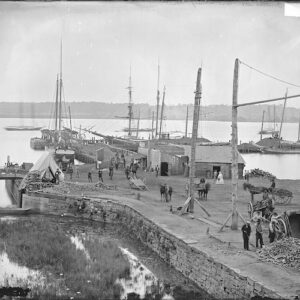
Image ID: ABCQ
$4.99 -
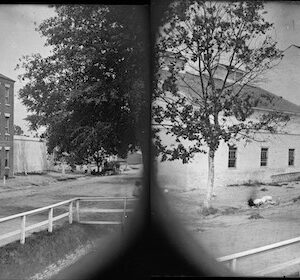
Image ID: ABLV
$5.99 -
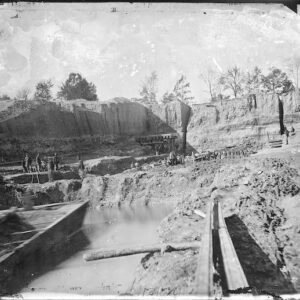
Image ID: ACXY
$4.99 -
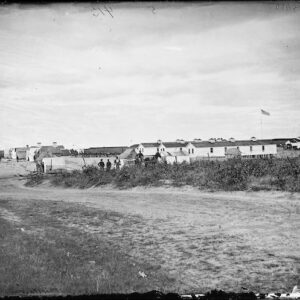
Image ID: AFPF
$4.99 -
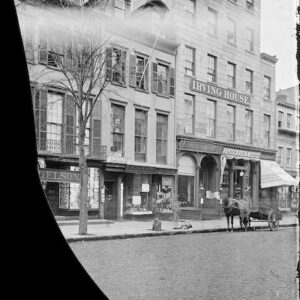
Image ID: AGGH
$4.99 -
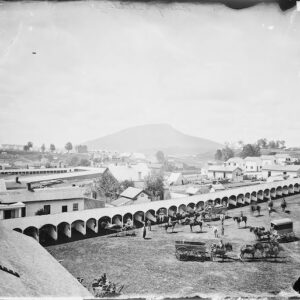
Image ID: AGKA
$4.99 -
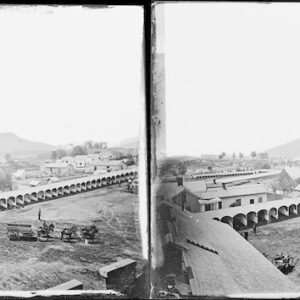
Image ID: AHLS
$3.99 – $4.99 This product has multiple variants. The options may be chosen on the product page -
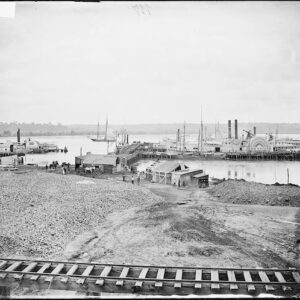
Image ID: AHPJ
$4.99 -
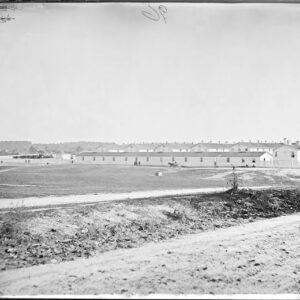
Image ID: AIGF
$4.99 – $6.99 This product has multiple variants. The options may be chosen on the product page -
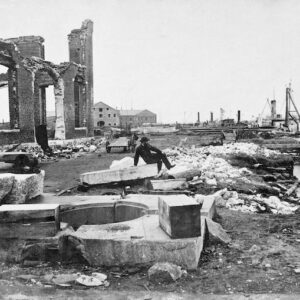
Image ID: AIKD
$6.99 -
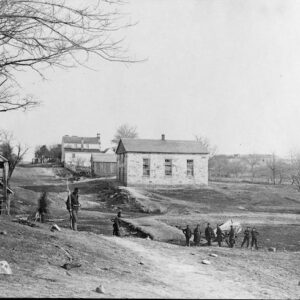
Image ID: AIKU
$5.99 -
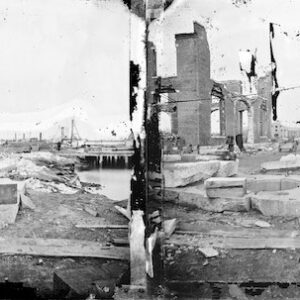
Image ID: AJFG
$6.99